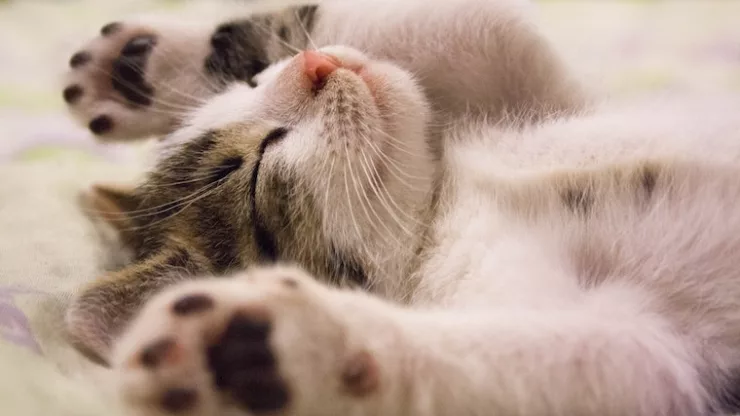Cats are undoubtedly one of the most beloved and fascinating pets worldwide. These furry creatures have captivated the hearts and minds of people for centuries, not only as loyal companions but also as symbols of mystery, grace, and elegance. But how much do we really know about them? In this article, we will unveil 15 fascinating fun facts about cats that will leave you amazed and entertained. From their impressive jumping skills to their exceptional sensory abilities, these facts will surely make you appreciate these feline wonders even more.
1. Cats Can Make Over 100 Different Sounds
Most people think that cats only meow, but in reality, they can make a wide range of sounds, including chirps, purrs, trills, yowls, and even grunts.
Each sound has a different meaning, and by paying attention to your cat’s vocalizations, you can better understand their needs and emotions.
2. Cats Have Amazing Night Vision
Cats are nocturnal animals, and their eyes are adapted to see in low light conditions.
They have a reflective layer called the tapetum lucidum, which enhances their vision in the dark, allowing them to see up to six times better than humans.
3. Cats Spend Most of Their Day Sleeping
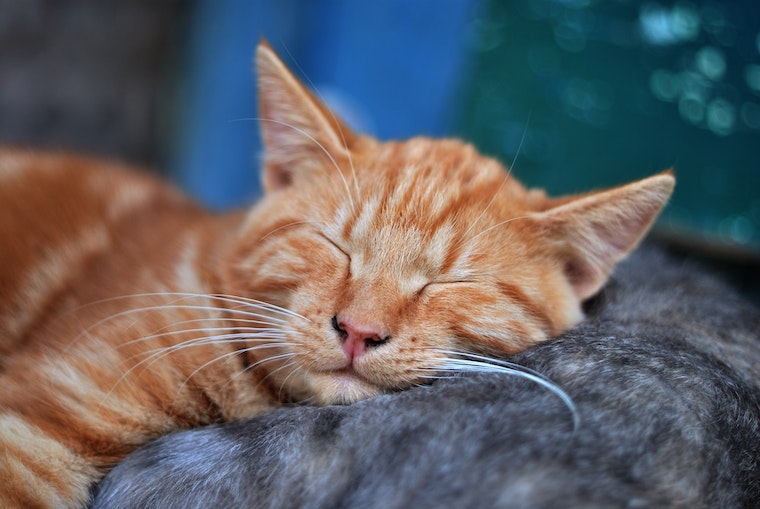
Cats are known for their love of napping, and they can sleep for up to 16 hours a day.
However, even though they seem lazy, they are always alert and ready to pounce when they need to.
4. Cats Are Great Hunters
Cats have been domesticated for thousands of years, but they still retain their natural hunting instincts.
They have excellent reflexes, sharp claws, and a keen sense of smell and hearing, which makes them great at catching mice, birds, and other small prey.
5. Cats Have Unique Personalities
Every cat has a unique personality, and they can be independent, affectionate, playful, or aloof.
Their behavior can be influenced by their breed, upbringing, and life experiences, but ultimately, it’s their individual personality that makes them special.
6. Cats Love to Play
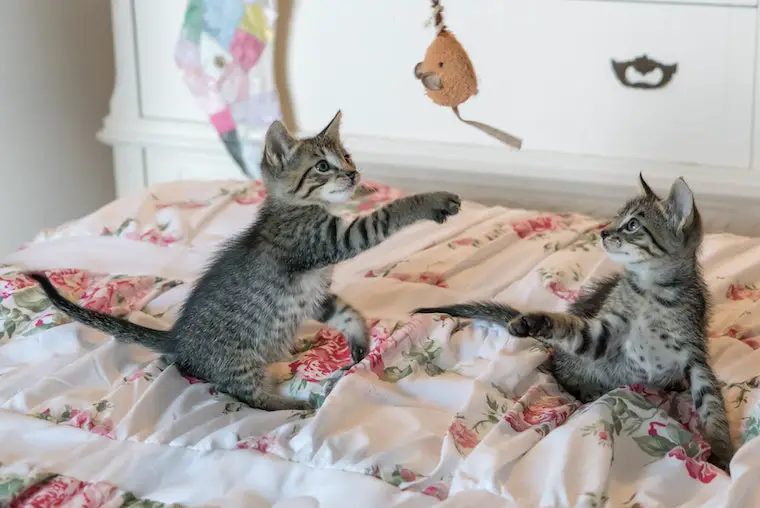
Cats are natural hunters, and they love to play with toys that mimic their prey, such as mice, birds, and insects. Playing with your cat is not only fun but also a great way to bond with them and provide them with the exercise they need to stay healthy.
7. Cats Have Flexible Bodies
Cats are known for their agility and flexibility, and they can twist, turn, and contort their bodies in ways that seem impossible.
They have a flexible spine and collarbone that allow them to squeeze through tight spaces and land safely on their feet after a fall.
8. Cats Have Rough Tongues
Cats have rough tongues that are covered in tiny, backward-facing barbs called papillae.
These barbs help them groom themselves by removing loose fur, dirt, and parasites from their coat, and also help them to lap up water more efficiently.
9. Cats Can Be Trained

Contrary to popular belief, cats can be trained to do tricks and follow commands.
However, they respond better to positive reinforcement, such as treats and praise, rather than punishment.
10. Cats Have a Sense of Humor
Cats may not be able to tell jokes, but they have a sense of humor and enjoy making their owners laugh.
They may do silly things like chasing their tail, hiding in unexpected places, or making funny noises just to entertain their humans.
11. Cats Have a Strong Sense of Smell
Cats have an excellent sense of smell and use it to communicate with other cats, mark their territory, and find food. They also have a unique
scent that they use to identify other cats, which is why they often sniff each other when they first meet.
12. Cats Can Get Stressed
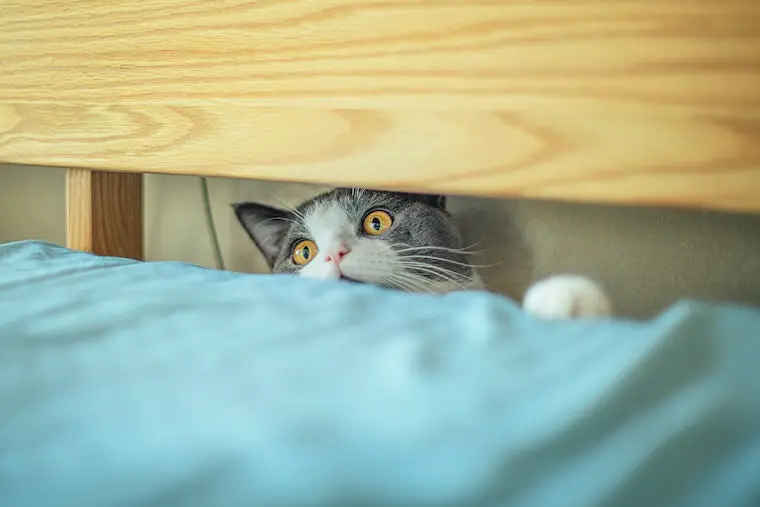
Cats may seem relaxed and carefree, but they can get stressed in certain situations.
Moving to a new home, being introduced to new pets, or changes in their routine can all cause stress in cats.
Signs of stress in cats include hiding, excessive grooming, and changes in appetite.
13. Cats Are Clean Animals
Cats are known for their cleanliness, and they spend a lot of time grooming themselves.
They also prefer to use a clean litter box, and owners should scoop it daily and change the litter frequently to keep their cats healthy and happy.
14. Cats Can Live a Long Time
With proper care, cats can live for 15 years or more. Some breeds, like the Siamese and the Maine Coon, can live for even longer.
However, cats that are allowed to roam outside may have a shorter lifespan due to the risks of accidents and disease.
15. Cats Are Good for Your Health
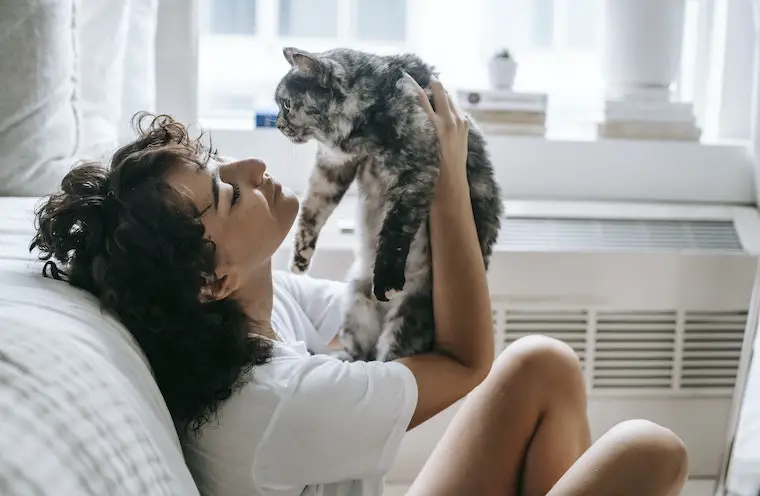
Studies have shown that owning a cat can have health benefits, such as reducing stress, lowering blood pressure, and improving mood.
Cats also provide companionship and can help reduce feelings of loneliness and depression.
Conclusion
Cats are fascinating creatures that have captured the hearts of people for thousands of years.
From their playful behavior to their mysterious ways, there’s always something new to discover about these lovable felines.
By understanding more about cats and their unique personalities, we can provide them with the care and love they need to live happy and healthy lives.
FAQ
Q: What are some common misconceptions about cats?
A: One common misconception is that cats are aloof and unaffectionate.
While some cats may be more independent than others, many cats enjoy spending time with their owners and can be quite affectionate.
Another misconception is that cats don’t need as much attention or care as dogs, but cats require regular grooming, playtime, and vet visits to stay healthy.
Q: Do all cats have the same personality?
A: No, every cat has a unique personality that is shaped by their breed, upbringing, and life experiences.
Some cats may be more outgoing and playful, while others may be more reserved and independent.
Q: Can cats get along with other pets?
A: Yes, cats can get along with other pets, but it may take some time and effort to introduce them properly.
It’s important to supervise interactions between cats and other pets, and to provide each pet with their own space and resources to prevent conflicts.
Q: Can cats see in color?
A: Yes, cats can see in color, but their color vision is not as sharp as humans.
They can see some colors, such as blue and green, but have difficulty distinguishing between red and green.
Q: Why do cats knead?
A: Kneading is a common behavior in cats where they push their paws in and out against a soft surface.
This behavior is thought to be a remnant of kittenhood, where they would knead their mother’s belly to stimulate milk production.
Some cats also knead as a way to show affection or to mark their territory.

I am a fun fact enthusiast and creator of Facts On Tap.
I love to share my knowledge and curiosity with readers and inspire them to learn something new every day.
When I’m not writing, I enjoy traveling, reading, and playing trivia games with my friends.
